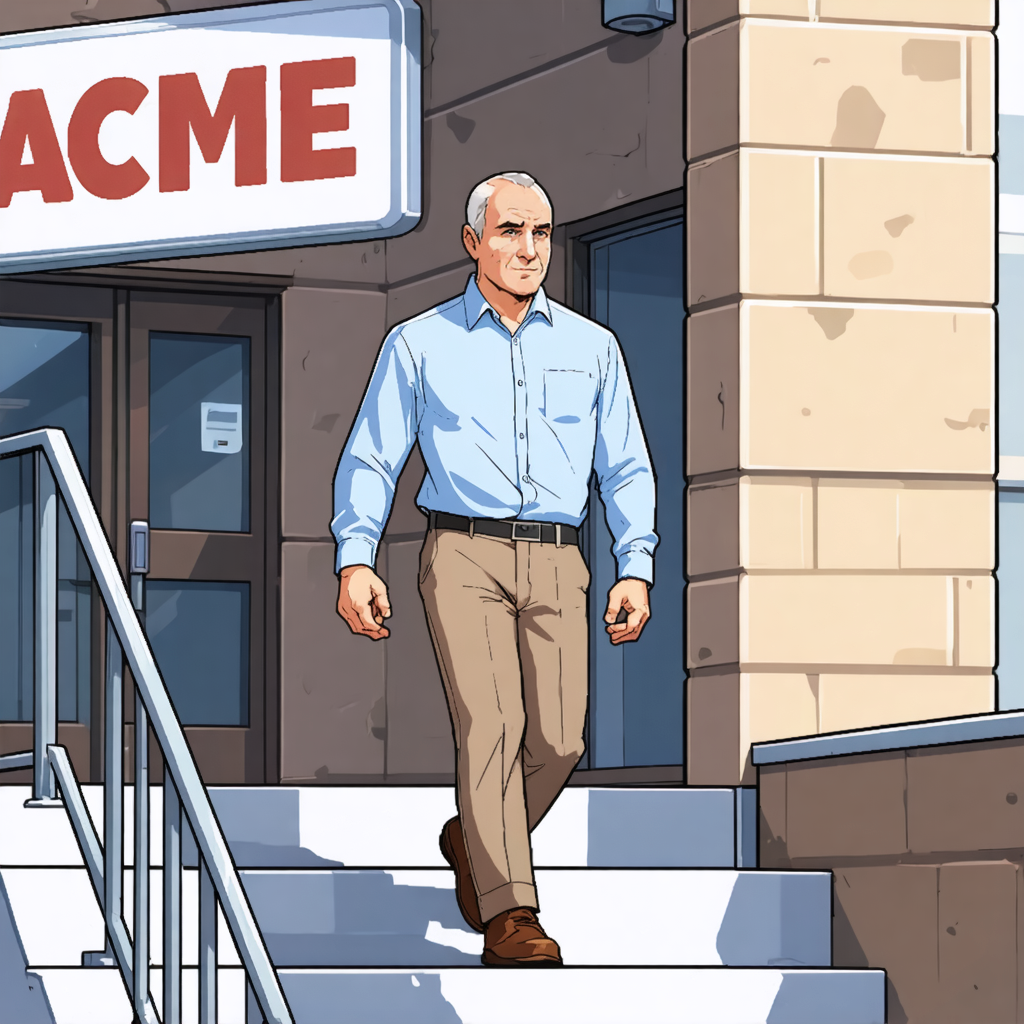
At some point, most of us will switch jobs. Being unprepared when you leave can make finding your next opportunity much harder, but it doesn’t need to be this way. I’ve found there are three important steps you should take before leaving your company that can save you a truckload of stress in your job search.
After spending multiple decades building software, I’ve experienced both quitting and being laid off. The advice I’m sharing comes from both my successes and mistakes along the way.
I understand that in some situations, when you’re let go, you’re asked to leave immediately. However, some companies allow you to wrap up your work and transfer knowledge to other employees. This remaining time is a great opportunity to start working on your stories and updating your resume in preparation for your job search.
Step #1 - Document Your Job Descriptions and Impact
The best time to document your impact and responsibilities is when you have access to the project and its documentation. Trust me, years down the road, you’ll appreciate having these details.
I’ve had many positions over my career, and I can’t remember everything I did at every company. I maintain a document I call “Experience Details” that outlines positions I’ve held. I try to capture:
- My official job responsibilities
- Projects I led or contributed to
- Measurable impacts (cost savings, efficiency improvements, etc.)
- Technologies and methodologies I used
- Challenges I overcame
Don’t just write “Improved database performance” – that’s worthless. Instead, note specific metrics like response time improvements or reduced server load. These specific metrics will make your resume stand out and give you concrete talking points in interviews.
The purpose of this documentation is to refresh my memory when discussing my successes during interviews and on my resume. It also allows me to revisit my projects and identify responsibilities that weren’t apparent at the time.
For example, I worked on a greenfield project where I created everything from the first line of code to setting up the production deployments. At the time, I framed the position as a Senior Software Engineer. But as I moved through my career and started to see myself as a Software Architect, I realized a lot of the work I did on that project was actually defining the software architecture.
I was able to revisit my work, reframe it as a Software Architecture position, and speak to that aspect in subsequent interviews.
Step #2 - Ask Co-workers for References and Recommendations
Identify team members who will give you recommendations and serve as your references. Companies always want to talk to previous co-workers about your performance and what it’s like working with you. It’s much easier to ask your co-workers while you work with them than reaching out after the fact.
Be Prepared for the Unexpected
Make sure you have 4 or 5 people willing to give you a good recommendation.
During one of my hiring cycles, I received an offer and provided 3 references. However, when the hiring manager reached out, two references ghosted the hiring manager. And when I reached out they ghosted me also. Luckily, I had two other references who came through, and I landed the position.
Had I only secured those three references, I might have lost the opportunity. The lesson? Prepare for the unexpected — people’s circumstances change, and your career shouldn’t depend on any single person.
Step #3 - Say Proper Goodbyes
People often overlook goodbyes, but you shouldn’t. You don’t know how you might encounter your former co-workers in the future. I’ve worked with the same co-workers across multiple jobs. Sometimes I’m the boss, and sometimes they are. The more goodwill you can build, the better.
I know some don’t want a lot of attention, while others want to celebrate your time at the company with events like a team lunch.
I get it.
I once left a company, and my team took me out to dinner to celebrate my new “freedom.” The waiter, seeing our jubilant crowd, asked what we were celebrating. Someone shouted out, “Chuck getting fired!” It was an awkward moment. I understand not wanting to be the center of attention.
My advice on goodbyes: Don’t leave people hanging. They will notice you’re gone and might be disappointed because they didn’t have the opportunity to say goodbye. Give them that opportunity—it provides closure.
It’s how I feel when I’ve found out someone’s left without having the opportunity to say goodbye and wish them the best.
When I leave a company, I always say goodbye and offer to connect, usually via LinkedIn.
Bonus Step
Here’s a bonus step: This isn’t something you do when you’re leaving, but rather as you change positions and responsibilities. Update your Experience Document every 6 months. This way, you can speak to your responsibilities on your resume or in your interviews, even if you’re escorted out of the building with no warning.
Bringing It All Together
Whether you’re leaving on your own terms or facing an unexpected layoff like I did, these three steps—documenting your impact, securing multiple references, and saying proper goodbyes—create a foundation for your next opportunity. The preparation I’m suggesting creates lasting career resilience.
Remember, career transitions happen to most people. It’s not the transition itself but how prepared you are that determines what comes next.
Moving Forward
For more resources on career development and software engineering, visit my website or connect with me on LinkedIn. Building a strong professional network and maintaining good documentation of your achievements are ongoing practices that will serve you throughout your career journey.
Remember that preparation is key—the best time to prepare for your next position is while you’re still in your current one.
Author: Chuck Conway specializes in software engineering and Generative AI. Connect with him on social media: X (@chuckconway) or visit him on YouTube.